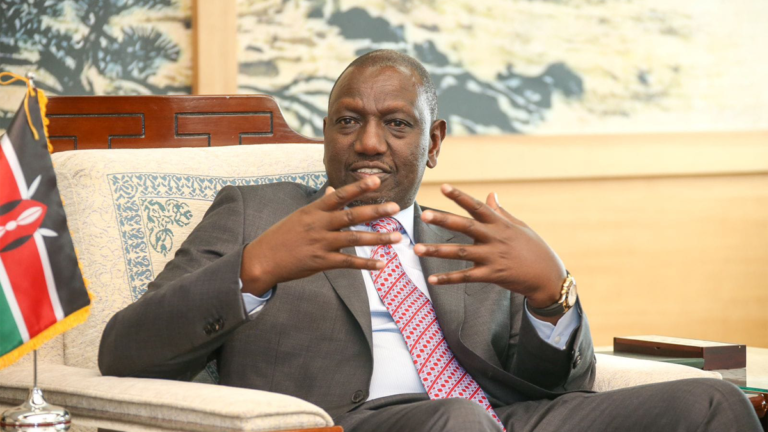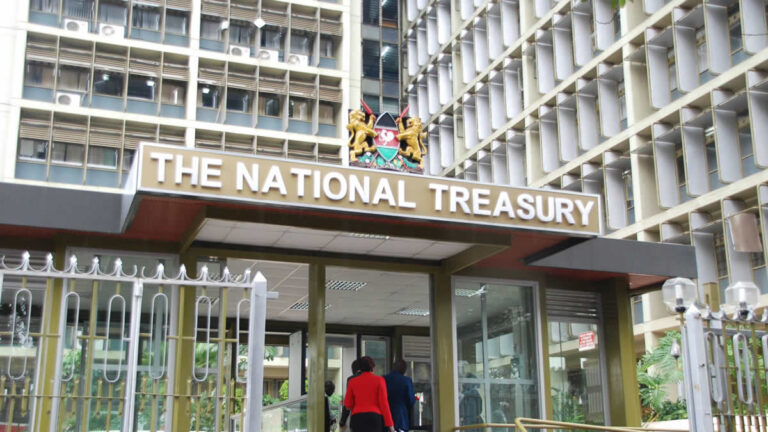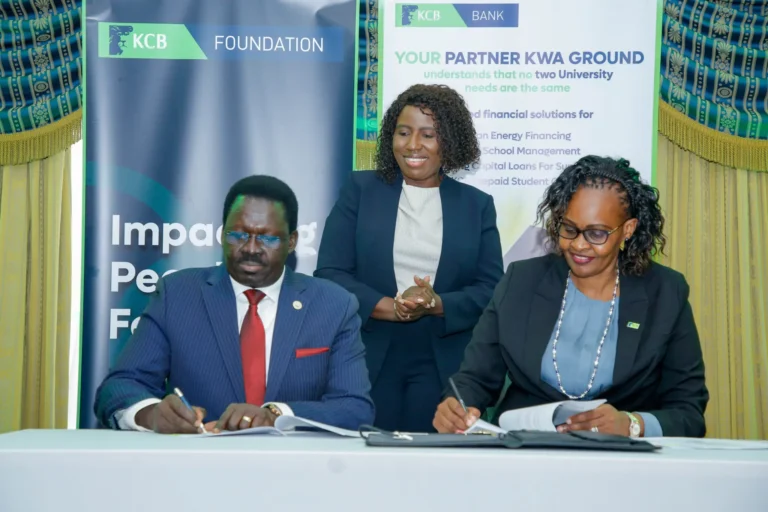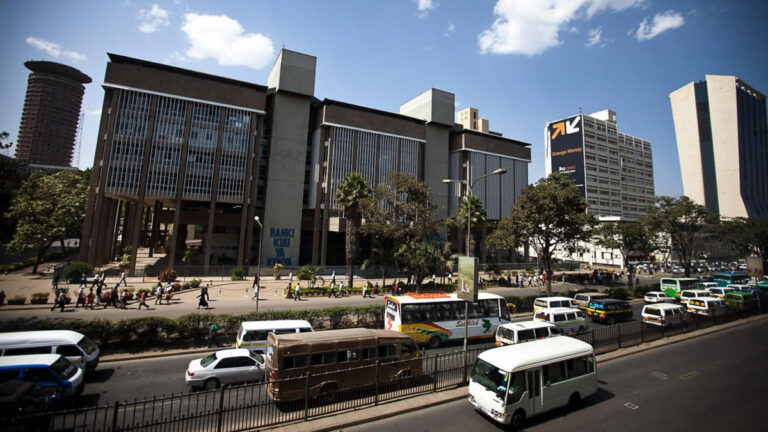Speaking during International Youth Day in Kakamega, the president announced that the new bank will offer affordable financing, credit guarantees and business development programs to the youth.
“We will launch the Youth Enterprise Investment Bank before the end of this year. The bank will be capitalized at KSh 9.75 billion to provide financing, credit guarantees and capacity building for the youth,” President Ruto said.
This is part of the government’s broader strategy to address the challenges faced by young entrepreneurs, promote financial inclusion and create sustainable economic opportunities. With the youth making up a large percentage of Kenya’s population, this new institution will cater to their unique needs and challenges.
Tackling Key Challenges for Young Entrepreneurs
President Ruto said the Youth Enterprise Investment Bank will address the most common obstacles faced by young entrepreneurs in Kenya including:
- No collateral
- High interest rates
- Limited business development training
These have been the biggest hurdles for many young people to start or grow their own businesses. The bank will be a lifeline to young Kenyans to access the resources they need to succeed in the business world.
Government’s Role in Financial Inclusion
As part of its financial inclusion agenda, the government of Kenya has already taken steps to increase participation in the financial sector. The government has shares in several commercial and development banks and can influence the direction of these institutions to align with national objectives such as SME development, mortgage financing and financial inclusion.
However, details on the ownership and structure of the new Youth Enterprise Investment Bank are yet to be disclosed. Ruto’s speech focused on the bank’s goals but didn’t go into details on government shareholding and management.
The NYOTA Programme: Empowering Youth with CapitalIn addition to the bank, President Ruto also spoke about NYOTA, the National Youth Opportunities Towards Advancement program which will provide KSh 50,000 to each youth from September 2025. This is a World Bank funded program that will empower young people by addressing unemployment, income insecurity and limited savings.
NYOTA is a 5 year program that will benefit over 600,000 young Kenyans. Some of the key interventions include:
- Training young people to access Government Procurement Opportunities (AGPO)
- Business development services, market linkages, mentorship and financial support to 110,000 youth entrepreneurs
Ruto also announced that KSh 5 billion will be given to 70 youth in each ward across the country to support small businesses. The compilation of eligible candidates will be done next week.








